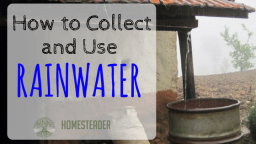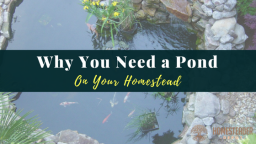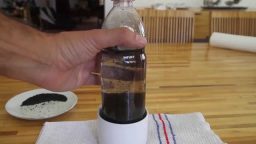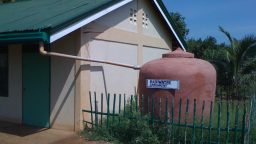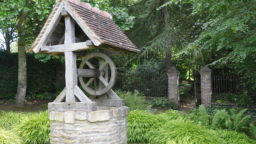To make sure that you always have the water you need for your garden and for other uses around the home, you will want to learn how to capture and make use of rainwater. Fortunately, the process is very simple. If you want to catch rainwater, the easiest way to do this is to utilize rain barrels. You can find these barrels online, and most of the 50-gallon options are under $100. In a pinch, you could use just about any barrel or container, if you are sure it will not leak, for the collection of water.
You can set up the barrel so that it catches the rain that comes from your gutters and downspouts. You can also use tarps and create a guide that will funnel the water into the barrel. Even though rainwater tends to be relatively clean, you will still need to filter the water and make it potable if you hope to drink it.
You can store the water and then use it for the garden during those times when it does not rain as much. This way, you are not wasting water that you need elsewhere. In addition, you can drink the water if needed. You will want to make it safe to drink, though. One of the easiest ways to do this is to boil the water, as it can kill the germs and bacteria it might contain.
Other ways that you can use the water you store include cleaning and washing, providing water for livestock, and more. Just make sure you do not leave standing water uncovered and accessible. It has the potential to become a breeding ground for mosquitos, which can carry disease.
If you do not already have containers to catch water when it rains, get them now. Even if you are living in the suburbs, you will find that saving some water that you can use for your plants and garden will help to cut your water bills.
If you enjoyed this, you might also like….
Can You Defend Your Family When SHTF?
Natural Healing Secrets You Need to Know…
Effective Primal Diet Hacks…
